Use Science to Build the Fastest Pinewood Derby Car
For seven years, I worked at NASA on the Mars Curiosity rover. It is just like a Pinewood Derby car, except it has six wheels, it’s nuclear powered and it shoots lasers.
My Cub Scout son and I decided we would take the science principles I used while building stuff at NASA and apply them to making his Pinewood Derby car.
Take a look at some of those science principles in this video and check out my list of the most important steps for making fastest Pinewood Derby car possible.
SEVEN STEPS FOR MAKING THE FASTEST PINEWOOD DERBY CAR
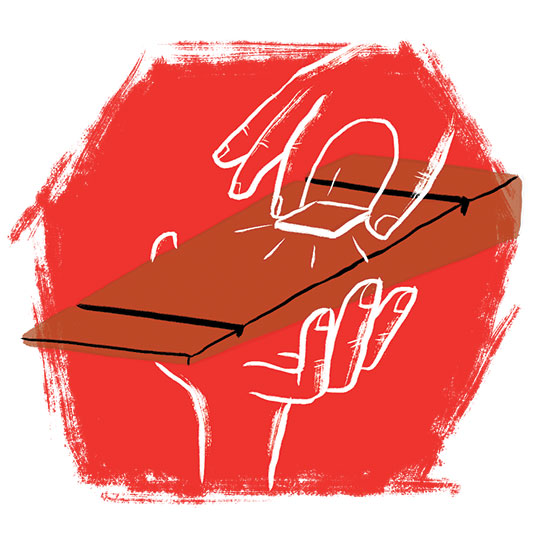
1. Max out your Pinewood Derby car’s weight at 5 ounces
Get as close as possible to the car’s maximum weight (usually 5 ounces) and make sure the heaviest part is about 1 inch in front of the rear axle. This is the most important step. Science shows if you do this correctly, you will beat a Pinewood Derby car built exactly the same — except with the weight toward its front — by 4.6 car lengths. It works because the farther back the weight is, the more potential energy you have because your center of mass is higher up on the track. (Don’t put it too far back, or your Pinewood Derby car will become unstable and pop a wheelie.)
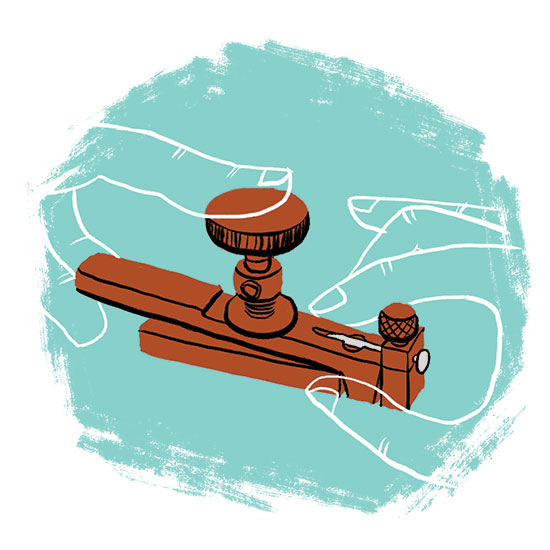
2. Use lightweight wheels.
Using non-standard wheels is illegal in some packs’ races, but if it’s not in yours, this is a must-do step that will give you a 2.1-car-length advantage at the finish line versus a car with normal wheels. It works because heavy wheels take away from the kinetic energy (the energy something has due to its motion), which makes the Pinewood Derby car slower.
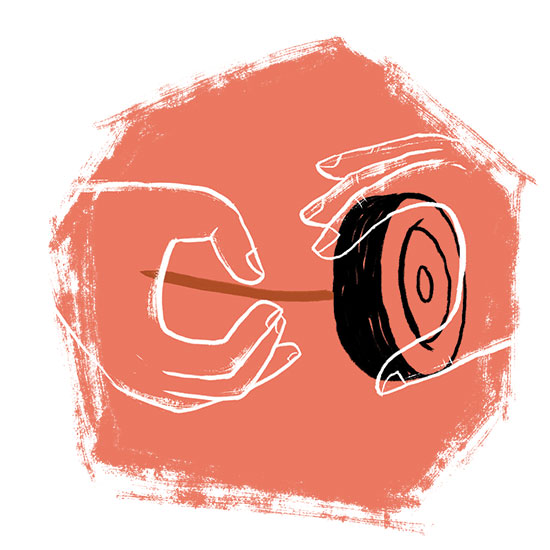
3. Use bent polished axles.
Bending your Pinewood Derby car axles with a bending tool will make the wheels ride up against the nailhead, which creates less friction than if the wheel is bouncing around and rubbing against the wooden Pinewood Derby car body. See video above for details.
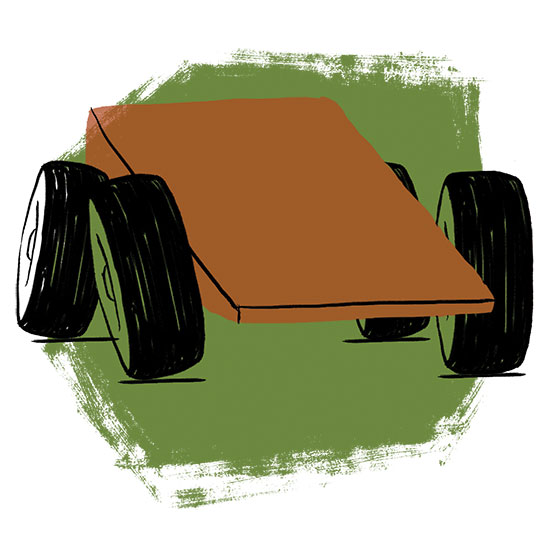
4. Railride.
Railriding means you steer your Pinewood Derby car into the center guide track just enough that you keep the car from bouncing around. This helps reduce friction and saves energy for speed. See video for details.
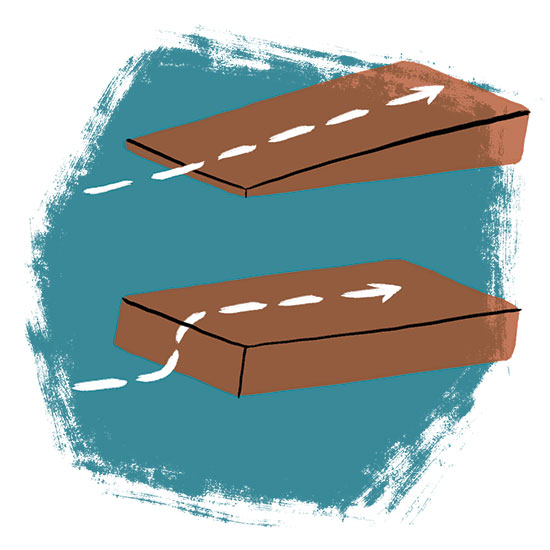
5. Create a Pinewood Derby car that is reasonably aerodynamic
An aerodynamic Pinewood Derby car’s design cuts down on drag caused by air. No need to get crazy here, but simply having a wedge-shaped Pinewood Derby car instead of the standard block out of the box will equal a 1.4-car advantage at the finish line.
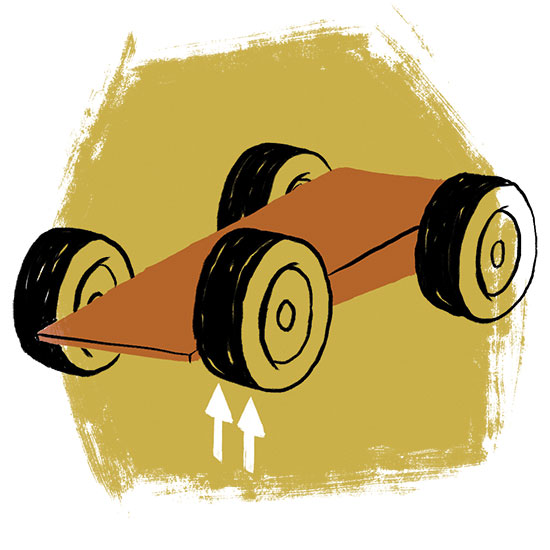
6. Ride on three wheels by raising one wheel off the track.
You will move faster if you have to get only three wheels rotating, giving you a 1.1-car advantage over an identical Pinewood Derby car riding on four wheels. (Check your pack’s Pinewood Derby rules to make sure this is allowed in your race.)
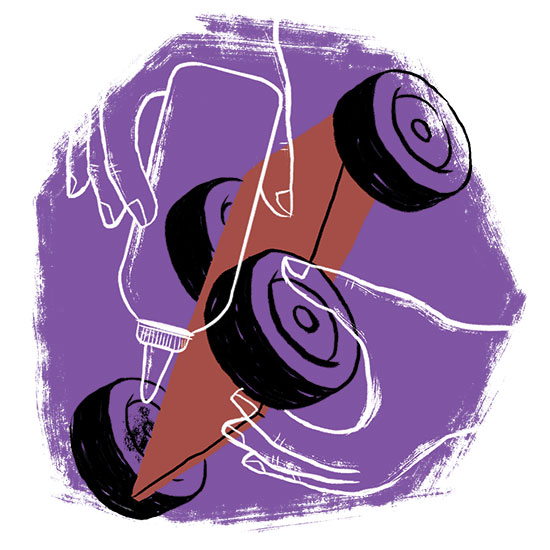
7. Use lots of graphite.
Graphite is the best way to lubricate your wheels and axles. There isn’t a big difference in types of graphite, so buy the cheap stuff and use as much as possible. Be sure to get plenty around each wheel and on the axle.
THE WINNING CONCLUSION!
It works! After my research, my son and I wanted to do one final test to prove that this is a good list. So we built a simple Pinewood Derby car using this list in 45 minutes, and we beat the fastest Pinewood Derby car in our local race by two car lengths. Turns out, science works!
Mark Rober worked as a mechanical engineer at NASA for nine years. During this time, he worked on Curiosity, a car-sized robot that left Earth in 2011 and landed on Mars in 2012. Mark is well-known for his YouTube videos on science, engineering and gadgets.
With all the finessing of the cars, has anyone thought to add magnets, small motor…etc. I mean, speed tricks should be about polishing the axles, weight, aerodynamics, and de-burring the wheels. Everything else gives an unfair advantage to kids whose parents aren’t able or don’t help their scout. When your bent axle, three wheeled car wins the race, you should be really proud.
Science wins the day. Wedge with weight placement mentioned above and graphite allowed my daughter to win her Derby. Thanks
If it’s the BSA Pinewood Derby, why would there be different/separate rules by district?
Our Pack leader sent the video to everyone. No mention of any issues with the rules. This is our First year so we followed the video almost 100%. We will see how we fair next weekend. If everyone does it then it should be very interesting.
Funny how important pinewood Derby car ravaging is. Love that the video includes stem- the science and physics behind the scenes that gives a competitive edge. What a great way to include science and make it fun.
After 17 years of building pinewood derby cars, I find this is a complete list of speed secrets. If a mom can accidentally drive a nail into a pinewood derby block at an angle then you cannot outlaw rail riding, 3 wheel, or angled axles. The only secret to add is put your car on a treadmill for many hours adding graphite every 20 minutes.
Let cubs truly build their own cars and be proud of what they did, regardless of 1st place or last. Let the dads or moms do as much as they want but on their own cars in SEPARATE PARENTS’s division.
We built an alignment jig, still have it. Which would allow us to set the wheels at the optimum angle, so the car would run on the edges of the wheel. When we went to the derby the we always set the car and carried the car on the jig. only time it came off was when it was ran.The axle and wheel polishing probably did the most in gaining speed. My oldest son did the best job of polish and prepping the wheels and axles.
This is a educational event.. if you’re telling the kid to do whatever that defeats the whole purpose. They should be researching and learning the science that’s involved. Other wise its simply play time.
As a winner of 3 in a row, my son’s simple wedges proved aerodynamics don’t mean much. There were other cars more aerodynamically designed. They aren’t going fast enough to matter on aero. Polishing the AXLES (with a lot of graphite) is the secret. Be sure to polish down the underside of the head of the nail — assuming your rules require using the standard nails that come with the block kit.
Move the center of gravity as far back as possible.